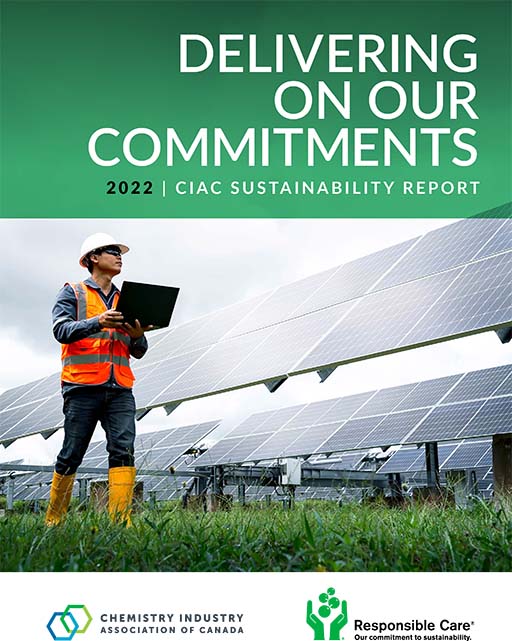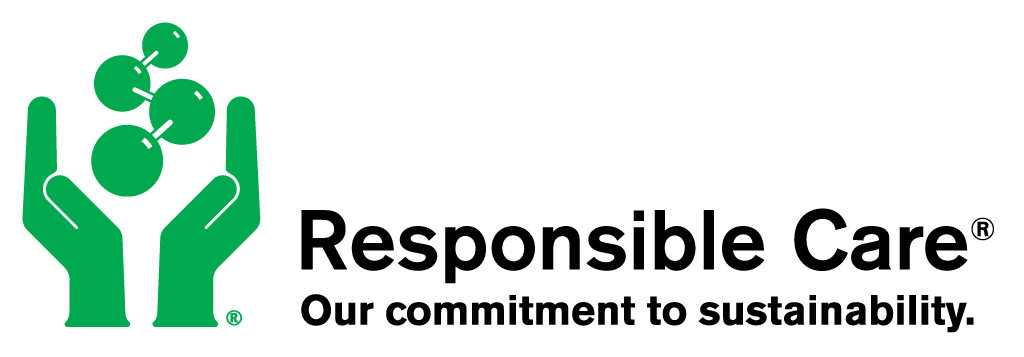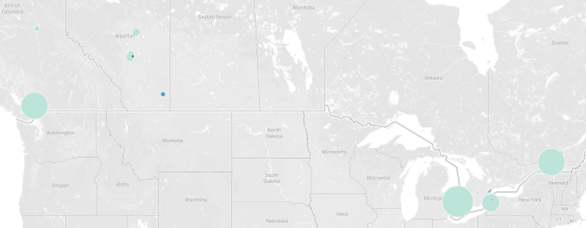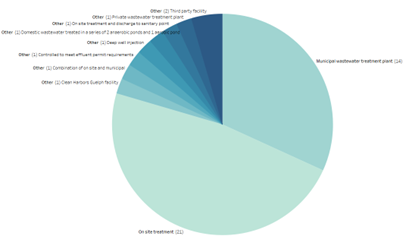CIAC members play a crucial role in providing the necessary chemicals for ensuring safe and clean water supplies. Furthermore, they are dedicated to resource conservation efforts, including the efficient use of energy, raw materials, water, and other utilities and supplies, as outlined in the Responsible Care Operations Code. These commitments have led to progress towards the following targets under UN SDG 6 (Clean Water and Sanitation), UN SDG 9 (Industry, Innovation and Infrastructure), and UN SDG 12 (Responsible Consumption and Production):
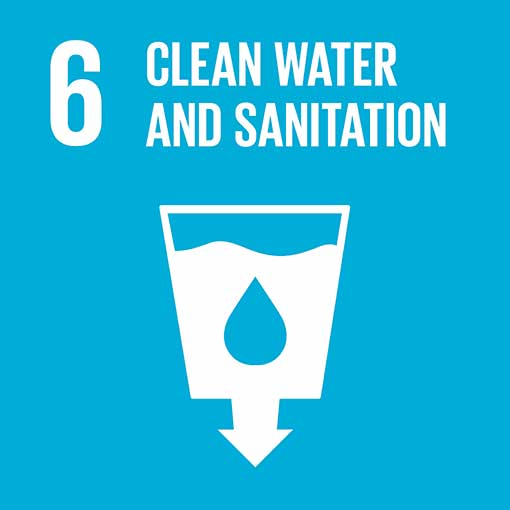
6.3 – By 2030, improve water quality by reducing pollution, eliminating dumping, and minimizing the release of hazardous chemicals and materials, halving the proportion of untreated wastewater and substantially increasing recycling and safe reuse globally.
6.4 – By 2030, substantially increase water-use efficiency across all sectors and ensure sustainable withdrawals and supply of freshwater to address water scarcity and substantially reduce the number of people suffering from water scarcity.
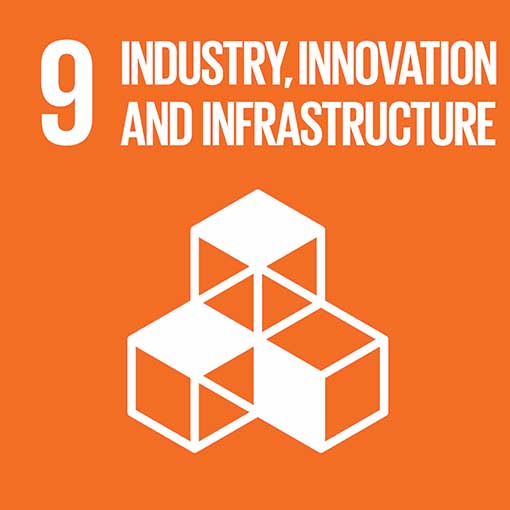
9.4 – By 2030, upgrade infrastructure and retrofit industries to make them sustainable, with increased resource-use efficiency and greater adoption of clean and environmentally sound technologies and industrial processes, with all countries taking action in accordance with their respective capabilities.
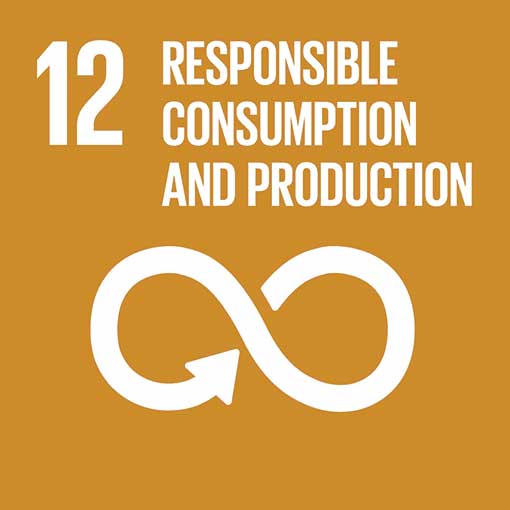
12.2 – By 2030, achieve the sustainable management and efficient use of natural resources. 12.5 – By 2030, substantially reduce waste generation through prevention, reduction, recycling and reuse. 12.6 – Encourage companies, especially large and transnational companies, to adopt sustainable practices and to integrate sustainability information into their reporting cycle.
As part of Responsible Care, members are committed to being responsible stewards of water resources by managing their business to conserve and minimize water use, preventing incidents that would be detrimental to water quality or quantity, and controlling effluent streams to protect water bodies, groundwater, and habitat. The Responsible Care Codes also govern members actions in relation to the generation, handling, and disposal of hazardous wastes, through all the life cycle stages of research and development, manufacture, transportation, distribution, and the end use and disposal of chemicals and chemical products.
Improving water quality
Through the NERM survey, CIAC tracks members’ releases of NERM substances to water. As seen in Figure 9, since 2005, CIAC members have reduced total emissions to water by 40 per cent. In 2021 specifically, water emissions represented only 0.0077 per cent of the total 2021 emissions to all media (i.e., air, land, and water).
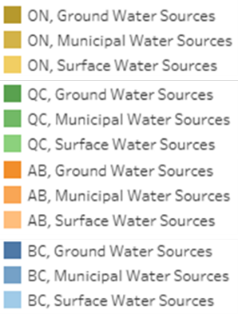
Additionally, through the Resource Conservation Metrics survey, which was launched in 2012, CIAC is able to track members’ water intake from ground, municipal, and surface water sources. A breakdown of water intake by province and source (i.e., ground water, municipal water, and surface water) can be seen in Figure 14, with surface water being the most common source for water for members over the years.
The map in Figure 11 shows where surface water is being taken by our members in 2021. Evidently, the majority of water intake is from surface water sources in the Great Lakes region, St. Lawrence River, and in Alberta, aligned with members’ facility locations.
Based on analysis by Environment and Climate Change Canada, the greatest threats[1] to water availability in Canada are in portions of southern Ontario, southern Alberta, southern Saskatchewan, southwestern Manitoba, and the Okanagan Valley in British Columbia. Considering this information, it is critical to ensure that CIAC members in areas like the Great Lakes keep resource conservation top of mind.
CIAC members are doing just that – through various methods of wastewater treatment, many CIAC members are returning water cleaner than when they found it. Figure 12 shows both the treatment methods used for wastewater (colour) and volume of effluent released by members (bubble size) in 2021, providing a picture of the water that is returned to its source following extraction and use.
[1] 2 A high threat to water availability means that more than 40 per cent of the water in rivers was withdrawn for human use.
Hazardous waste management
When CIAC began reporting waste metrics through the RCM survey in 2012, members produced about 20,000 tonnes of routine hazardous waste for disposal. As seen in Figure 13, CIAC members have seen a 31 per cent increase in routine hazardous waste for disposal, however there are a number of factors to take into account when looking at these trends. Increases in waste may be linked to positive outcomes and/or outside factors, including the identification of alternate uses for waste streams, improved equipment reliability requiring less cleaning, soil and asbestos remediation, and COVID-19 disruptions, to name a few.
Our members have also established ambitious programs to limit waste disposal to landfills – Figure 14 shows the hazardous waste treatment methods used by CIAC members in 2021, while Figure 15 focuses specifically on recycling rates (total material recycled / total waste generated) by facility in 2021.
CCC Sulphur Products – Steam turbine generator
CCC Sulphur Products commissioned a steam turbine generator in April 2021. The steam turbine generator is rated for 960kW and it can generate enough electricity to power the whole plant independently. This has significantly reduced the plant’s water consumption by capturing exhaust steam and condensing it for plant reuse which also reduces the volume of water discharged from the plant.
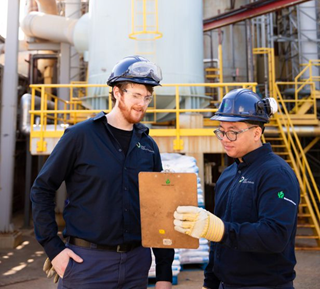
ERCO Worldwide – Ground water capture
In ERCO’s Saskatoon facility, effluent, process, storm, and ground water are captured and returned to the plant for internal use. In addition, by recycling its usage, it has reduced its water consumption by 22,000 cubic meters in 2021.
GATX – Red Deer River clean up
Thirteen volunteers from GATX’s Red Deer Diversity Equity and Inclusion team volunteered and supported the annual Red Deer River Clean Up event that promotes the importance of protection, preservation, and sustainability of water ways. The team spent the better part of their day gathering and removing refuse from the Red Deer River shoreline and surrounding area. GATX plans to make this an annual event. In addition, the company donated monetary gifts and other materials including latex gloves, high visibility vests, and hand sanitizers to the Society.

United Initiator – Facility water reduction
In 2022, United Initiator’s Prince George, British Columbia site received a silver medal and a certificate from EcoVadis. Significant wastewater reduction on site (by water saving initiatives including Once Through Cooling Water reduction) was achieved in the previous year.
